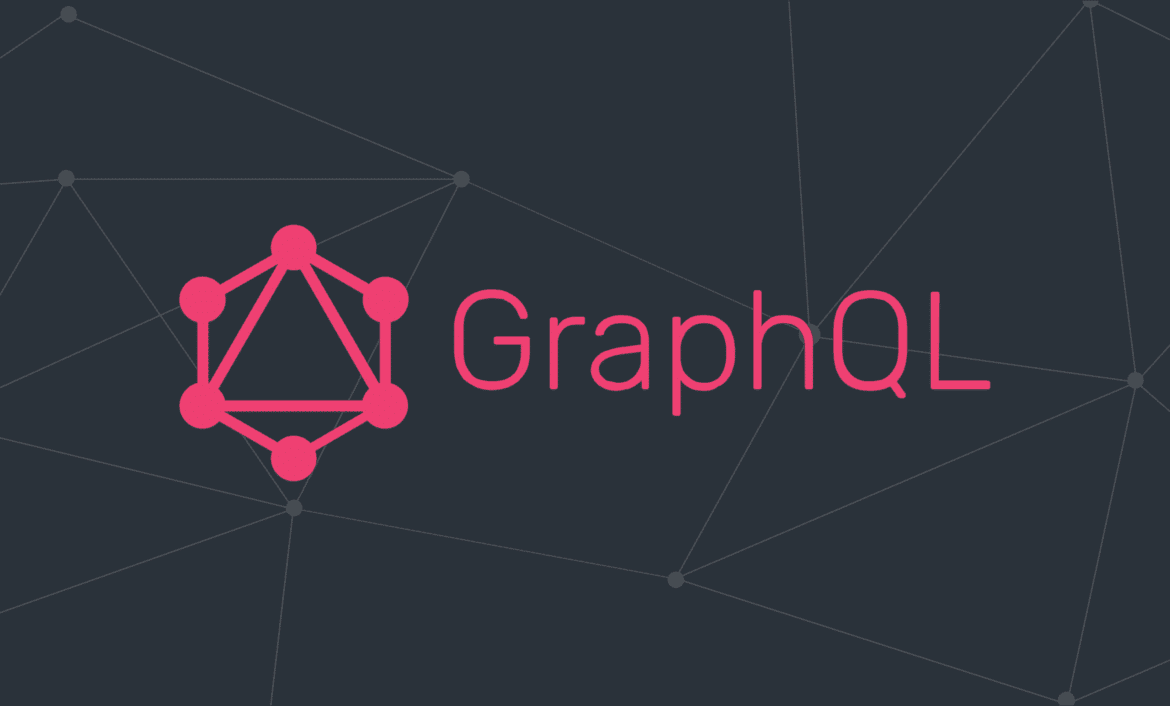693
GraphQL is a query language for application programming interfaces (APIs). With a single API call, data can be retrieved from multiple data sources.
GraphQL: query language for APIs
GraphQL is a query language and server-side runtime for APIs that use HTTP. These APIs provide API clients with the requested data. GraphQL was developed to make APIs fast, flexible and developer-friendly.
- The “QL” in GraphQL stands for “query language”. This query language allows developers to query the underlying data set and provides control over the structure of the GraphQL API response.
- With GraphQL, API managers can add or discard fields without affecting existing queries. In addition, APIs can be created according to your own ideas. The respective GraphQL specification ensures that APIs act predictably for clients.
- At the same time, it is possible to implement GraphQL in an integrated development environment (IDE) called GraphiQL.
- GraphQL uses HTTP POST to send queries via the body of an HTTP request or its query parameters.
- Conveniently, rather than designing a separate API route for each underlying resource, GraphQL provides a URL from which the required data can be queried like an API client. You can make requests to the GraphQL API using the following API endpoint URL: http://example.com/graphql
Possible application areas for GraphQL
GraphQL offers API providers a standardized method for providing APIs to databases. This provides API users with powerful query functions via a common web infrastructure.
- GraphQL provides access to content and data across heterogeneous systems. This is done by providing developers with many familiar database functions at the backend. This makes development more mobile and makes it easier to accelerate applications.
- One possible application of GraphQL is in the area of mobile applications. If you are a mobile developer who needs to optimize an application for speed and bandwidth, GraphQL can help.
- The query language combines multiple requests into a single network request to reduce the total number of mobile application requests. It also reduces the load on the response returned by the server. This is because only the data fields actually used by the mobile application are transmitted.
- Even complex environments can be simplified with GraphQL. This is the case, for example, when you are developing an application that interacts with databases, legacy systems and APIs from third-party providers. Here, GraphQL can reduce complexity while increasing efficiency.

